nice inputs bout lomo boss ian heheheheheh
anyway trying hard moves nako..
[img width=375 height=500]http://img171.imageshack.us/img171/6172/view1cv3.jpg[/img]
Results 81 to 90 of 645
Thread: Lomographic thread
-
04-03-2008, 02:20 AM #81Senior Member
![[GjB629] is offline](images/metro/blue/statusicon/user-offline.png)
- Join Date
- Oct 2003
- Posts
- 713
 Re: Lomographic thread
Re: Lomographic thread
-
04-03-2008, 10:08 AM #82
 Re: Lomographic thread
good question, ok here is the thing
Re: Lomographic thread
good question, ok here is the thing Originally Posted by JonSport
Originally Posted by JonSport

anything u purchase in lomography society or Lomographische AG (the company in Russia who made the fist lomo cams) or a camera that produce the same lomo lens effect or the Characteristics such as over-saturated colors, off-kilter exposure, blurring, "happy accidents," and alternative film processing are often considered part of the "Lomographic Technique"
qualify as a lomo camera.
Since the introduction of the original Lomo LC-A, Lomography has produced and marketed an entire line of their own branded analog cameras. Most Lomographic cameras are designed to produce a single photographic effect. For example, the Lomography Fisheye camera features a built-in wideangle lens, and shoots fisheye-distorted photos. In 2005, production of the original Lomo LC-A was discontinued. Its replacement, the LC-A+, was introduced in Fall 2006. The new camera, made in China rather than Russia, featured the original Russian lens manufactured by LOMO PLC. This changed as of mid-2007 with the lens now made in China also.[citation needed]
Similar to Eastman Kodak's concept of the "Kodak moment," the Lomography motto of "don't think, just shoot" presumes spontaneity, close-ups, and ubiquity, while deemphasizing formal technique (however to take a good 'from the hip' shot does take skill).[citation needed] Typical lomography cameras are deliberately low-fidelity and inexpensively constructed. Some cameras make use of multiple lenses and rainbow-colored flashes, or exhibit extreme optical distortions and even light leaks.[citation needed]
Fisheye2
Fisheye2
Current models marketed by Lomographische AG include Lomo LC-A, Holga, Holga 35mm, Actionsampler, Frogeye, Pop-9, Oktomat, Fisheye, Fisheye2, Colorsplash, Colorsplash Flash, F-stop Bang, SuperSampler, Horizon 202, Seagull TLR, and Smena 8M. The company also resells dead stock Polaroid cameras and Russian dead stock - the sort normally acquired at "quirky, old-school camera shops," as the company's web site puts it.
Some photographers feel that the Lomo LC-A lens effect can be digitally emulated with photo-editing software such as GIMP or Photoshop.[citation needed] In addition, the company's promotional web site for Lomography showcases many high-contrast photographs - with unusual saturation and color - that were created using the technique called cross processing in which film intended for developing in slide chemistry (E-6) is processed in photographic negative chemistry (C-41), and vice versa. This technique can be employed with any film camera and can be somewhat mimicked with digital software as well.[citation needed]
correction on the digital part sir, it will not be called a real lomo shot if u PP it in photoshop, unless u attact a lomo lens in ur digi cam it is still a lomo pic Originally Posted by Ian
Originally Posted by Ian
 pero
pero
But film lomo will always be pure lomo cuz of the color if the film is really pure than digital sensor
Digital vs Film | Which Medium is Better?
One cannot simply say that one is is better than the other. Digital photography and film photography both have their own particular advantages and shortcomings. The following comparison between the media of Film Photography and Digital photography considers some salient points.
Film Image Resolution vs Digital Image Resolution
The ability to produce high quality images in sharp fine detail is the criterion that comes to mind first for most photographers. A direct comparison between the resolution of film and digital format is complex due to a number of significant differences.
Film resolution measurement must take into account the size of the film used, 35mm, medium format or large format, film speed, lens quality and light level. Film images are composed of very fine grains or particles. The most common estimates for a 35mm film image place it around 12 megapixels which is comparable to an image from a top of the line digital SLR camera.
Digital format resolution measurement is measured in pixels which are formed into a distinct geometrically arranged mosaic. Factors which impinge on the figure are the actual number of memory cells used to store the image, the effect of the Bayer pattern of sensor filters which overlays the digital image sensor and the data processing algorithm employed to interpolate the sensor pixels into image pixels.
The majority of photography enthusiasts would most likely not be using medium or large format film cameras. However, as a matter of interest, estimates for resolution for a medium format film image are around 50 megapixels. For large format 4 x 5 inch film an equivalent figure around 200 megapixels can be achieved and for 8 x 10 inch around 800 megapixels.
Film Image Quality vs Digital Image Quality
The quality of a film photo will be reduced when pictures are shot on high speed film which is used for instance to catch fast moving subjects such as in sporting situations. The effect will be evident as a visible fine grain on the image which is random in orientation.
One advantage of film is that it has greater latitude in exposure than digital technology. Data can be lost in digital images if picture information is burnt out in over exposed areas of a picture. Similarly, detail crushed in shadow can be lost in noise if a digital image is under exposed. Images which are considerably under exposed or over exposed with film can still produce normal pictures.
The quality of digital images can be reduced by noise which is caused by random electronic movement generated in the electronic devices in the camera. This will be visible as a salt and pepper effect on the image and will be worse at high ISO values - the electronic equivalent to film speed. Electronically produced noise also becomes greater as temperature increases.
Artifacts such as moire pattern are also an issue with digital images which film is not subject to and is an effect related to the geometric pixel pattern.
Credit to wikki and google for my research
-
04-03-2008, 10:27 AM #83C.I.A.

- Join Date
- Apr 2003
- Gender

- Posts
- 1,698
 Re: Lomographic thread
You may be correct but I didnt say you will get a real lomo shot with digital and photoshop but I did state that you will get the same effect.correction on the digital part sir, it will not be called a real lomo shot if u PP it in photoshop, unless u attact a lomo lens in ur digi cam it is still a lomo pic
Re: Lomographic thread
You may be correct but I didnt say you will get a real lomo shot with digital and photoshop but I did state that you will get the same effect.correction on the digital part sir, it will not be called a real lomo shot if u PP it in photoshop, unless u attact a lomo lens in ur digi cam it is still a lomo pic pero
pero
-
04-03-2008, 03:16 PM #84Junior Member

- Join Date
- Nov 2006
- Posts
- 472
 Re: Lomographic thread
Re: Lomographic thread
is this considered a lomo photo?
[img width=500 height=375]http://img267.imageshack.us/img267/8426/skyrl7.jpg[/img]
-
04-03-2008, 08:51 PM #85C.I.A.

- Join Date
- Apr 2003
- Gender

- Posts
- 1,698
 Re: Lomographic thread
Re: Lomographic thread
If it was taken using a Lomo camera, then yes. If not.. then obviously no but the effect is Lomo ish..
-
04-04-2008, 09:32 AM #86
 Re: Lomographic thread
Re: Lomographic thread
yup the color of the sky is close to lomo heehe cyan cyan cyan cyan cyan

BonhamLondon wat film did u use? its too grainny man gud nya theres more chromatic aberration
-
04-04-2008, 11:04 AM #87Junior Member

- Join Date
- Nov 2006
- Posts
- 472
 Re: Lomographic thread
aw ako mana gi edit ra sa ps..ehehe ako g butangan grains aron mura old tanawn..sori au mga master..newbie pa man gud. p&s ra ako gamit dli film.
Re: Lomographic thread
aw ako mana gi edit ra sa ps..ehehe ako g butangan grains aron mura old tanawn..sori au mga master..newbie pa man gud. p&s ra ako gamit dli film. Originally Posted by koto
Originally Posted by koto
-
04-04-2008, 10:36 PM #88Banned User

- Join Date
- Apr 2008
- Gender

- Posts
- 2,174
-
04-06-2008, 02:04 PM #89
 Re: Lomographic thread
Re: Lomographic thread
Here are some of my lomographs you can try emulating aLohaBby. I used different cameras and films.

Holga K200
Fuji Sensia
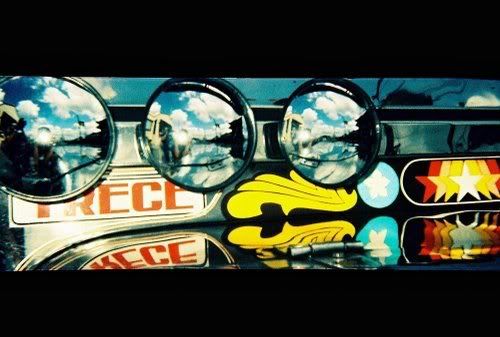
Vivitar UW&S
Redscaled YKL Color 100
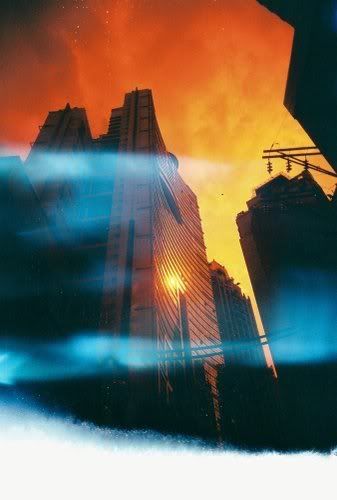
Lomo LC-A+
Fuji Velvia
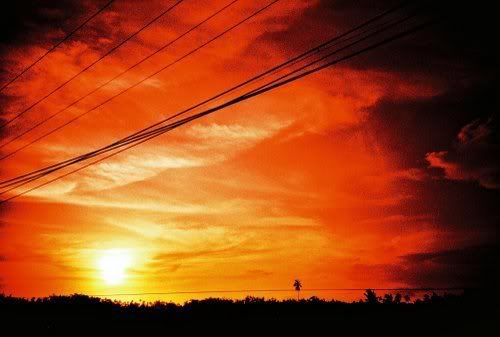
Holga 120N
Kodak Ektachrome

Lubitel 166 Universal
Fuji Astia
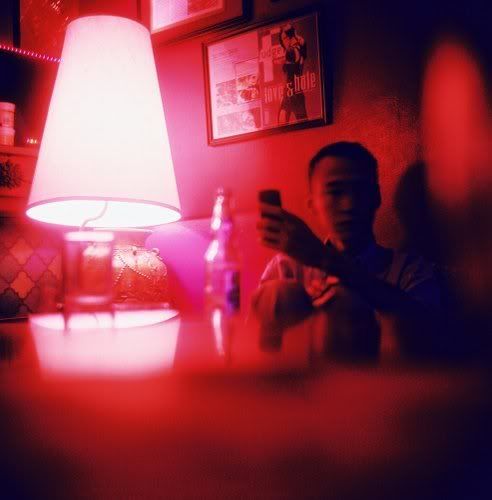
-
04-06-2008, 02:26 PM #90
 Re: Lomographic thread
Re: Lomographic thread
With regards to koto's post about film and digital.

Lomo LC-A+
Kodak Colorplus

Canon 350D
Kit Lens
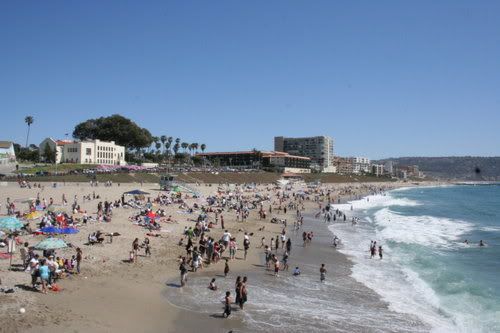
No PP on both images.
Advertisement
Similar Threads |
|





 Reply With Quote
Reply With Quote

